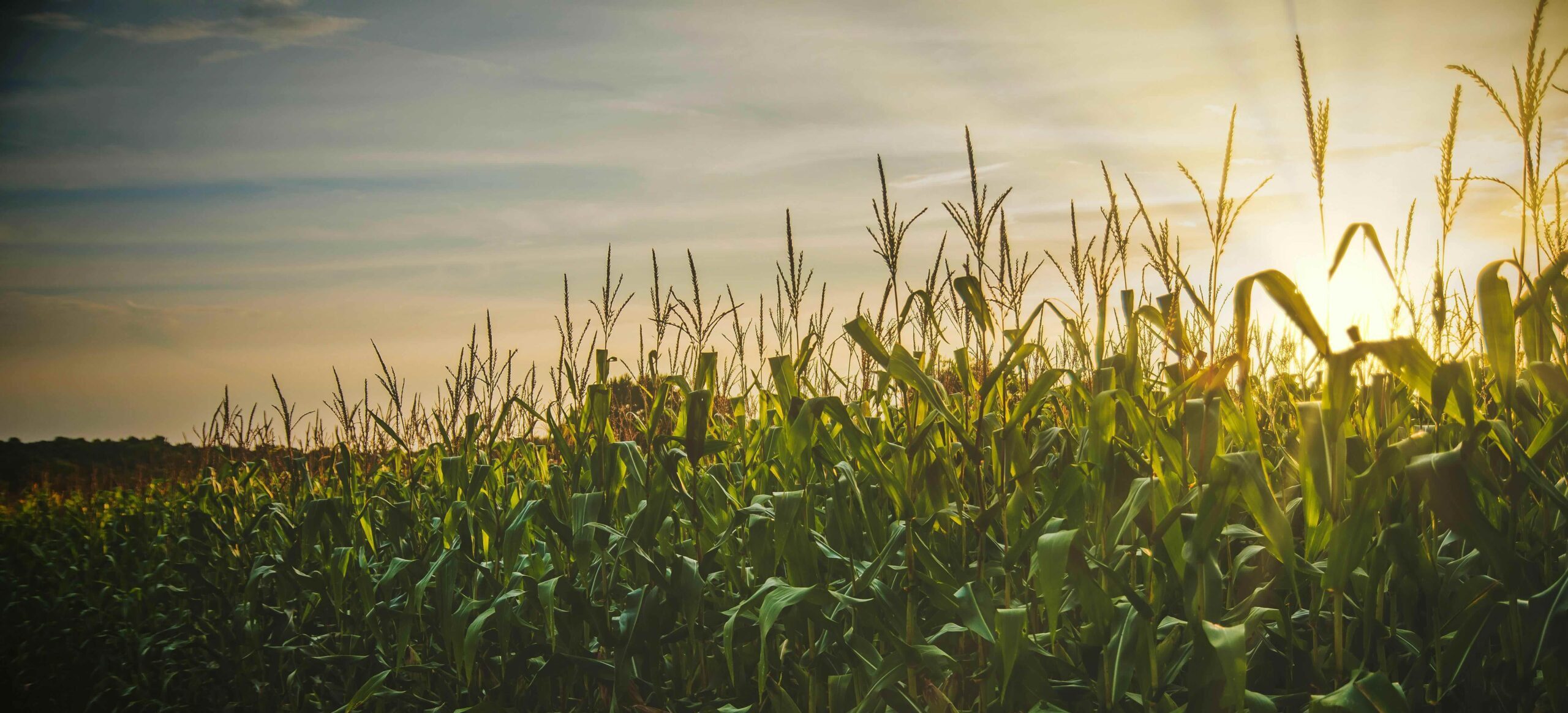Calculating trendline yields can be a useful tool for budgeting or developing a crop marketing plan. Using trendline yield estimates at the start of the production year can assist in determining potential profitability, at current market prices, and determine if additional sales or price risk management is warranted. Projected yields should be periodically revisited during the production year to make adjustments to management practices and marketing strategies to improve the likelihood of positive financial outcomes. This article examines differences in linear trendline yields for corn across Southern States.
There is tremendous variability in average USDA NASS corn yields across the Southern States (Figure 1). Over the past five years (2019-2023), Arkansas had the highest average corn yield at 179.8 bu/ac followed by Kentucky (177.6 bu/ac) and Mississippi (176.2 bu/ac). The lowest five-year average yields occurred in Texas (121.2 bu/ac), North Carolina (129.2 bu/ac), and South Carolina (129.8 bu/ac).
Projected linear trendline yields in 2024 for corn, using USDA NASS data from 1980-2023, vary tremendously (Table 1). The slope coefficient, in Table 1, provides the annual average increase in yield for each state from 1980 to 2023. The constant in Table 1 is the initial yield at the start of the linear trend line. For example, on average from 1980-2023, corn yields in Mississippi increased 3.33 bu/ac per year from a starting trendline yield of 43.57 bu/ac. An easier way to think about this is that over a ten-year period, average yield in the state of Mississippi increased by 33.3 bu/ac. Increases can be a result of production practices (such as irrigation) or technology (genetic improvements). In the past ten years (2014-2023), the increase in annual yield improvement for most Southern states has slowed. R2 is a measure of the proportion of variation in the dependent variable (yield) that can be explained by the independent variable (time). Across the Southern U.S., we see tremendous variation in the R2 for linear trendline yields, ranging from a high of 0.926 for Mississippi to a low of 0.285 for Texas. Low R2 values indicate that the independent variable (in this case time) does not explain the variation in yield, thus other variables need to be considered when projecting yield.
Ideally, projecting annual yield should be conducted at the farm or field level using producer data. Crop insurance records or yield monitor data can allow producers to analyze, and project, yield and production to guide management and marketing decisions.
Figure 1. Corn Yields in Southern States, 1980-2023


References
USDA NASS Quick Stats. Corn Yields, 1980-2023. Accessed at https://quickstats.nass.usda.gov/
Smith, Aaron. “Corn Yields and 2024 Projected Linear Trendline Yields in Southern States.” Southern Ag Today 4(23.1). June 3, 2024. Permalink

